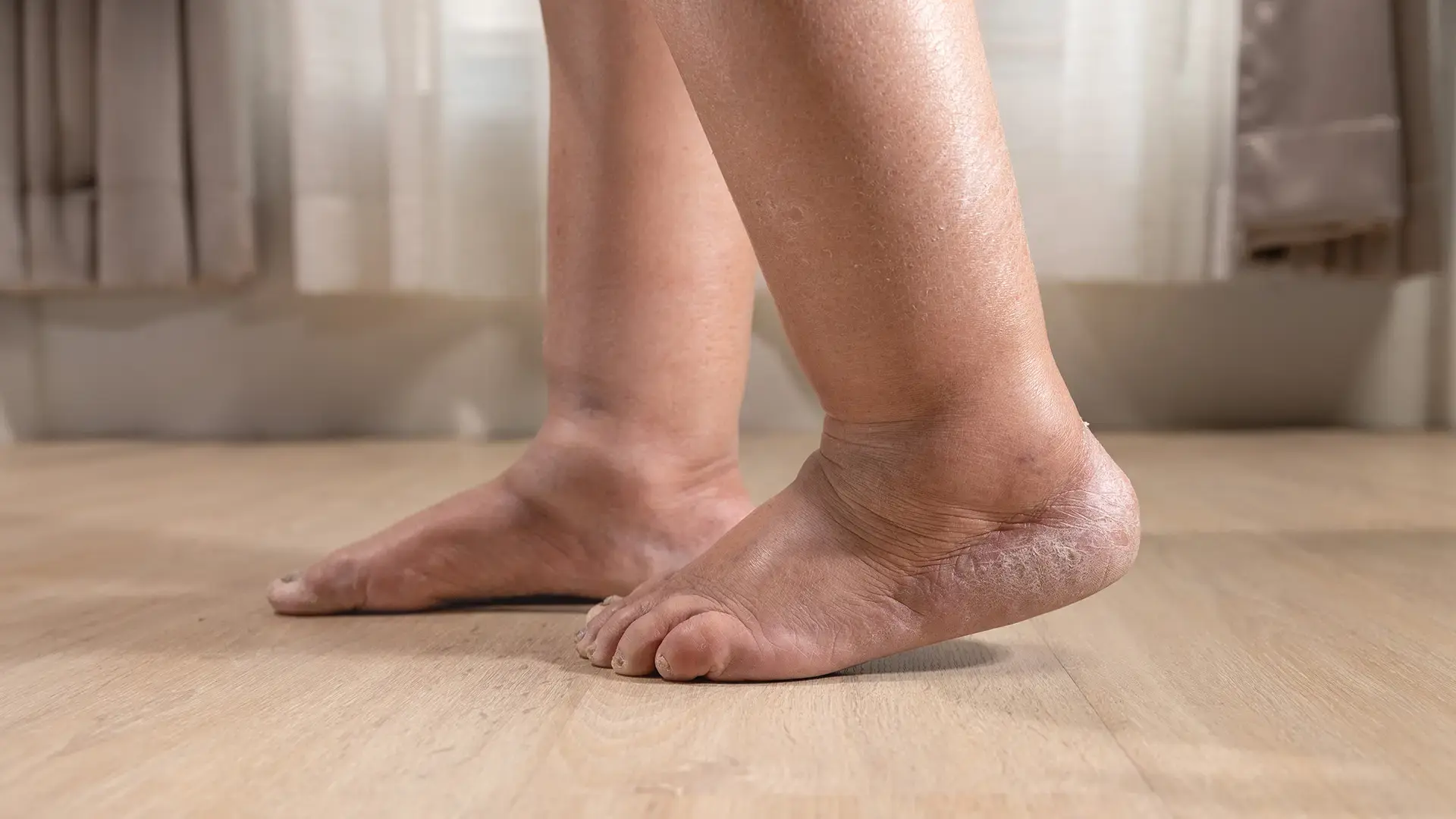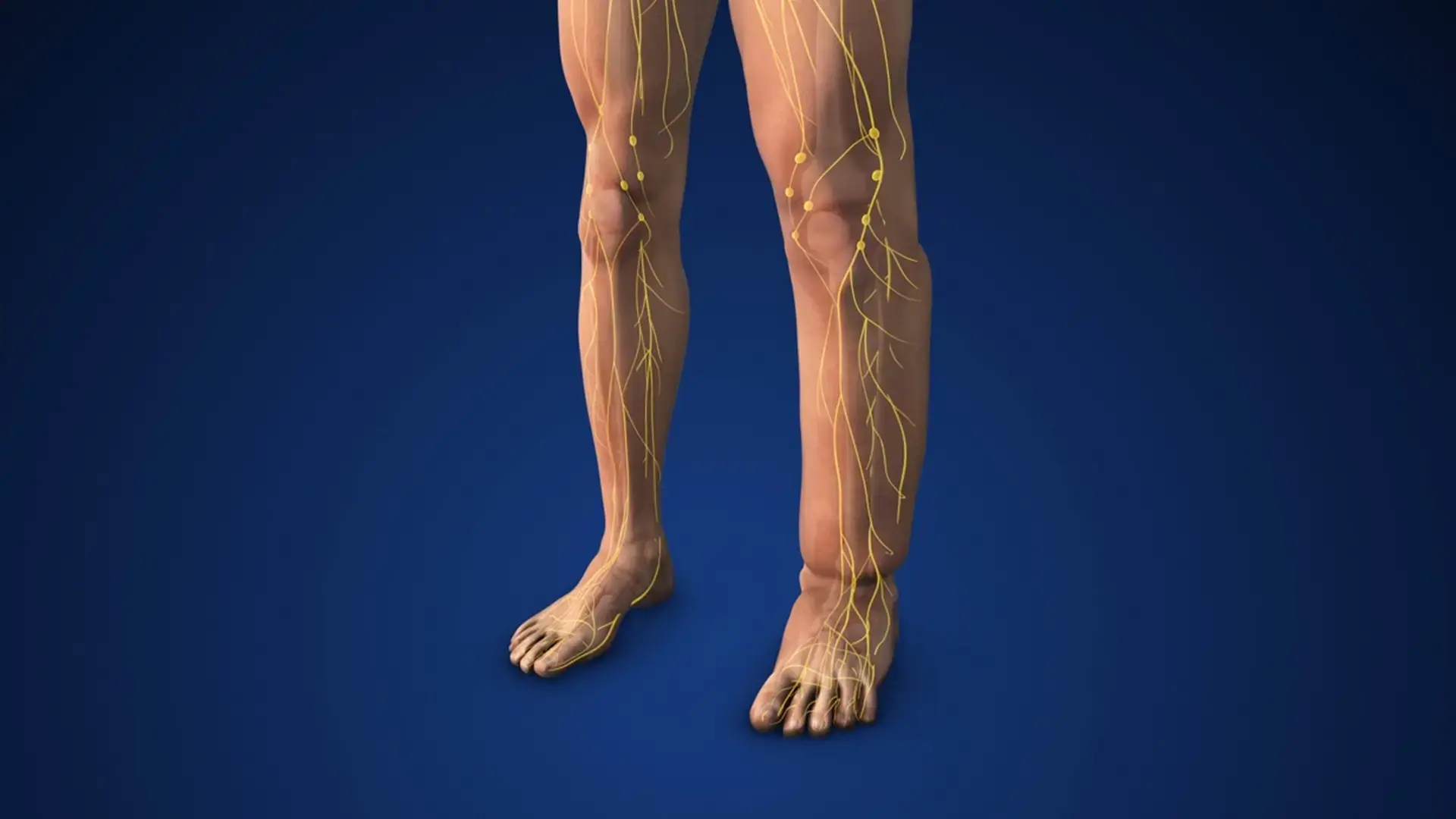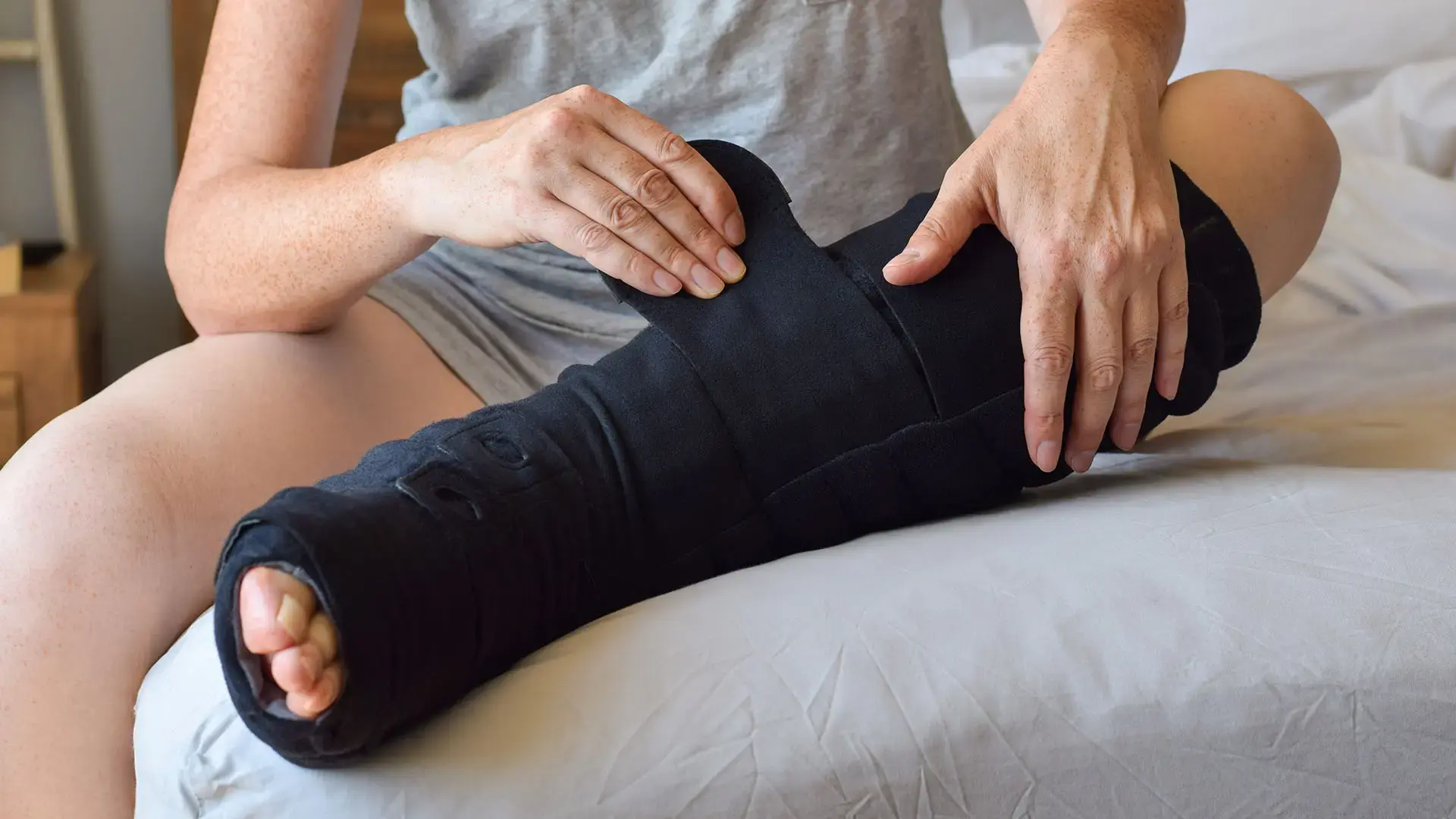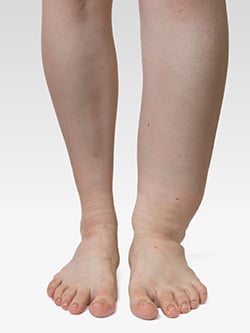Summarize This Article:
Summarize This Article:

This March, we celebrate Lymphedema Awareness Month and World Lymphedema Day on March 6. This annual advocate-driven celebration was created in the hopes of making it a global priority to find a cure for lymphedema and lymphatic diseases.
Lymphedema is a chronic condition that often manifests as a build-up of fluid, causing swelling in the arms or legs. There are two types of lymphedema: primary and secondary. Primary lymphedema can present at birth or manifest without a known cause. According to the National Center for Biotechnology Information, primary lymphedema affects 1 in 100,000 individuals. Secondary lymphedema is more common, affecting approximately 1 in 1,000 Americans. Secondary lymphedema results from another condition or treatment that damages the lymph nodes or lymph vessels. Common causes of secondary lymphedema include cancer and cancer treatments (i.e., surgery, radiation), trauma, infection, and obesity.
Until recently, the only treatment options for lymphedema were decompressive massage, compression, and wrapping. Dr. Russell Ashinoff, director of The Center for Lymphedema Surgery at The Institute for Advanced Reconstruction, and Dr. Eric Chang are among the few physicians in the world offering cutting-edge surgical interventions to treat lymphedema. We had the opportunity to sit down with Dr. Russell Ashinoff to discuss some commonly asked questions regarding lymphedema and the treatment options that are available.
Q: Why is lymphedema a hot topic among the breast cancer community?
A: Many women undergo surgical intervention for the treatment of breast cancer, which may include a mastectomy. Oftentimes, one or more lymph nodes will be removed at the time of the procedure, which may predispose them to lymphedema. The chances of developing lymphedema maybe 20 to 25% if you’ve had a full axillary dissection, meaning all the lymph nodes or most of the lymph nodes were removed.
Q: If you have lymph nodes removed, does that mean that you will definitely get lymphedema?
A: No, not necessarily. No one can predict if or when someone is going to get lymphedema. We just know that the more lymph nodes that are removed, the more likely you are to get it. It’s important to know what the symptoms are, and if you do notice symptoms, seek treatment early.
Q: Do additional treatments, such as chemotherapy or radiation after breast cancer surgery, increase the risk of lymphedema?
A: That’s a good question. Chemotherapy has not been shown to affect the occurrence of lymphedema. However, radiation alone or with axillary dissection certainly can increase your risk of developing lymphedema. It’s not only confined to breast cancer patients. People who have been diagnosed with melanoma or pelvic malignancies are also susceptible.
Q: Is it possible to prevent or lower your risk of developing lymphedema?
A: Nothing has been proven to prevent or lower your risk. However, it is important to maintain good hygiene and take care of the arm or leg that causes concern. If you do develop any signs or symptoms of swelling or infection, it is important to seek treatment early.
Q: Are there any everyday activities that can cause or increase the risk of developing lymphedema?
A: Truthfully, no. Exercise is safe, and in fact, it is encouraged. You don’t need to limit yourself after surgery or radiation.
Q: Are there daily exercises that someone with lymphedema can do?
A: Well, one of the mainstays of treatment for anyone with lymphedema is occupational therapy, which includes decompressive massage and wrapping.
Q: How do you manage lymphedema following a breast cancer treatment?
A: The earlier that we recognize it, the more successful we are at treating it. The goal is to prevent the development of chronic inflammation and skin changes in the arm or leg. The first thing that we’ll do is recommend lymphedema therapy, as discussed above. If you can avoid allowing the arm to become swollen and filled with fluid, you can avoid chronic inflammation that can lead to fibrosis and skin changes.
Once patients have optimized the therapeutic portion of treatment, we can then consider them for lymphedema surgery, which may include a lymph node transfer, a lymphovenous bypass, or both. In certain situations, we will use liposuction or direct excision to treat lymphedema. We have a very specific protocol depending on how the patient presents to us.
To watch the full interview with Dr. Ashinoff, click here.
If you are interested in learning more about our lymphedema surgeons and the surgical treatment options that are available, visit The Center for Lymphedema Surgery at The Institute for Advanced Reconstruction.
Resources:
https://www.ncbi.nlm.nih.gov/books/NBK537239/
https://www.cancer.gov/about-cancer/treatment/side-effects/lymphedema/lymphedema-pdq#_1

%20after%20cancer%20treatment_.webp)







